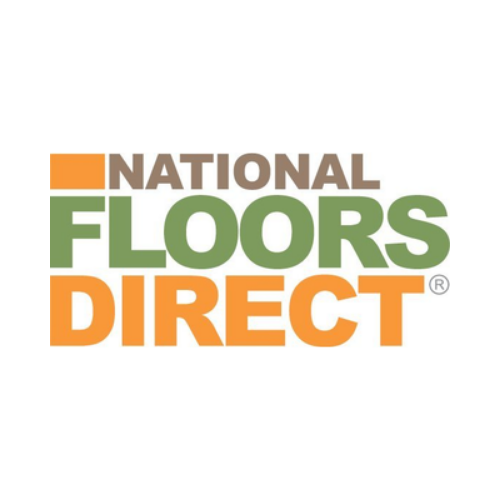
The Most Durable Commercial Flooring Options for High-Traffic Areas
When selecting flooring for commercial spaces with high foot traffic, durability is paramount. The right choice in flooring not only stands up to the wear and tear of daily use but also maintains its aesthetic appeal, contributing positively to the overall atmosphere of the space. This article explores some of the most durable commercial flooring options suitable for high-traffic areas, offering insights into their benefits, drawbacks, and ideal usage scenarios.
Understanding the Needs of High-Traffic Areas
Before diving into specific flooring types, defining what makes a flooring option ideal for high-traffic areas is crucial. Factors such as resistance to abrasion, ease of maintenance, longevity, and cost-effectiveness play critical roles. Safety aspects like slip resistance and the ability to handle heavy loads are also essential to consider. Commercial spaces such as hospitals, schools, malls, and office buildings each have unique flooring needs that must be addressed accordingly.
Commercial-Grade Carpeting
Commercial-grade carpeting is a popular choice for areas requiring durability and noise reduction. These carpets are designed to withstand significant foot traffic and are typically made from robust synthetic fibers such as nylon, polypropylene, and polyester, offering excellent wear resistance.
The significant advantage of commercial-grade carpeting is its ability to reduce noise — an essential feature in offices and hotels. Modern carpets often come with stain-resistant treatments, making them easier to clean. On the downside, even the toughest carpets can show signs of wear after years of use, particularly in areas with constant traffic.
Luxury Vinyl Tile (LVT)
Luxury Vinyl Tile (LVT) is renowned for its robustness and various designs available. LVT is manufactured to mimic the appearance of natural materials such as wood and stone but with much greater resilience in high-traffic scenarios.
LVT is incredibly durable, easy to install, and requires minimal maintenance. It is also comfortable underfoot and can significantly dampen noise. However, although LVT is water-resistant, it is not entirely waterproof and may not be suitable for areas where moisture levels are consistently high, such as bathrooms or basements.
Porcelain and Ceramic Tile
Porcelain and ceramic tiles are excellent for high durability and low maintenance areas. These tiles are tough enough to withstand the hustle and bustle of commercial environments without compromising style.
Tiles resist scratches, dents, and moisture, making them ideal for public areas such as restaurants and hospitals. They are also straightforward to clean. However, tile can be slippery when wet, and the hardness of the material might only be suitable for some commercial environments, especially where standing for long periods is common.
Epoxy Flooring
Epoxy flooring is a liquid coating that hardens into a highly durable surface, commonly used in industrial and commercial settings. This type of flooring is seamless and becomes a part of the floor once it cures.
Epoxy is highly resistant to wear, chemicals, and water, making it suitable for warehouses, garages, and manufacturing facilities. It’s also available in various colors and patterns. The primary drawback is that it can be slippery if not finished with a non-slip coating.
Concrete Flooring
Concrete flooring has gained popularity in modern commercial settings for its minimalist look and incredible durability. It can be polished, stained, or treated in various ways to enhance its appearance.
Concrete is the most durable option, capable of handling heavy equipment and high traffic without significant wear. It is also relatively low in maintenance. However, concrete can be hard on the feet and cold, which might be better for settings such as retail spaces or schools where comfort is a priority.
Rubber Flooring
Rubber flooring is another excellent choice for high-traffic areas, particularly in spaces where slip-resistance and cushioning are priorities. This type of flooring is standard in gyms, hospitals, and schools.
Rubber flooring is durable, shock-absorbent, and provides excellent traction, even when wet. It’s also comfortable to stand on for extended periods. However, it can be more expensive than other options and may not be as aesthetically versatile as materials like LVT or tile.
Choosing the right flooring for a high-traffic commercial area involves balancing durability, aesthetics, cost, and practicality. Whether carpet, vinyl, tile, epoxy, concrete, or rubber, each option offers unique benefits tailored to different needs. By considering the specific demands of the space
